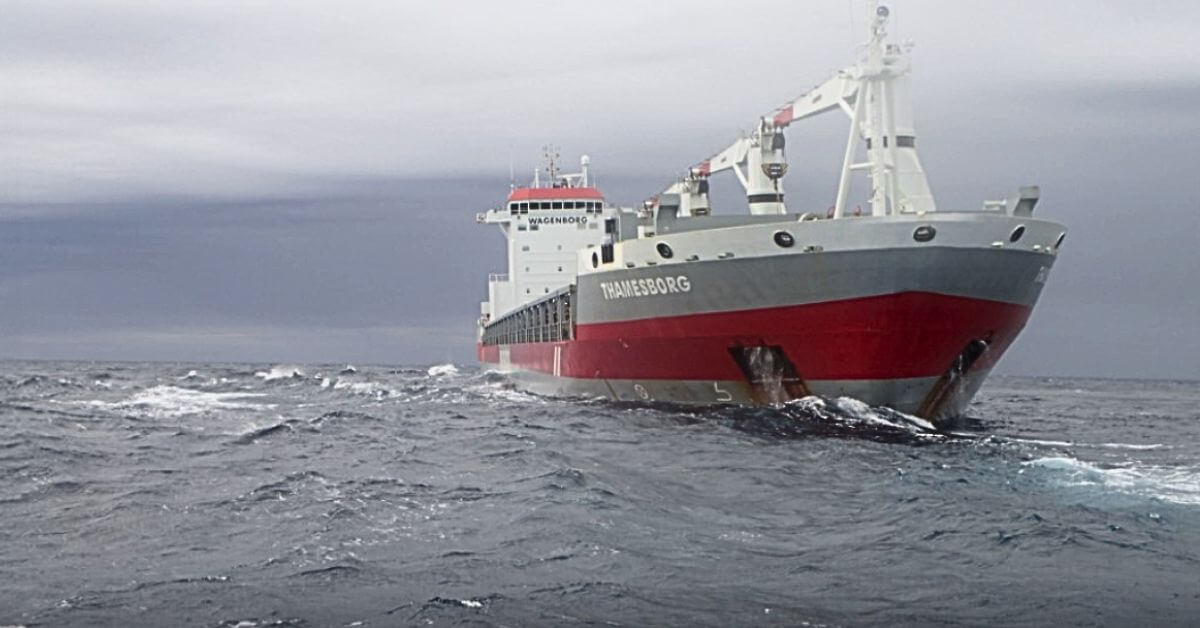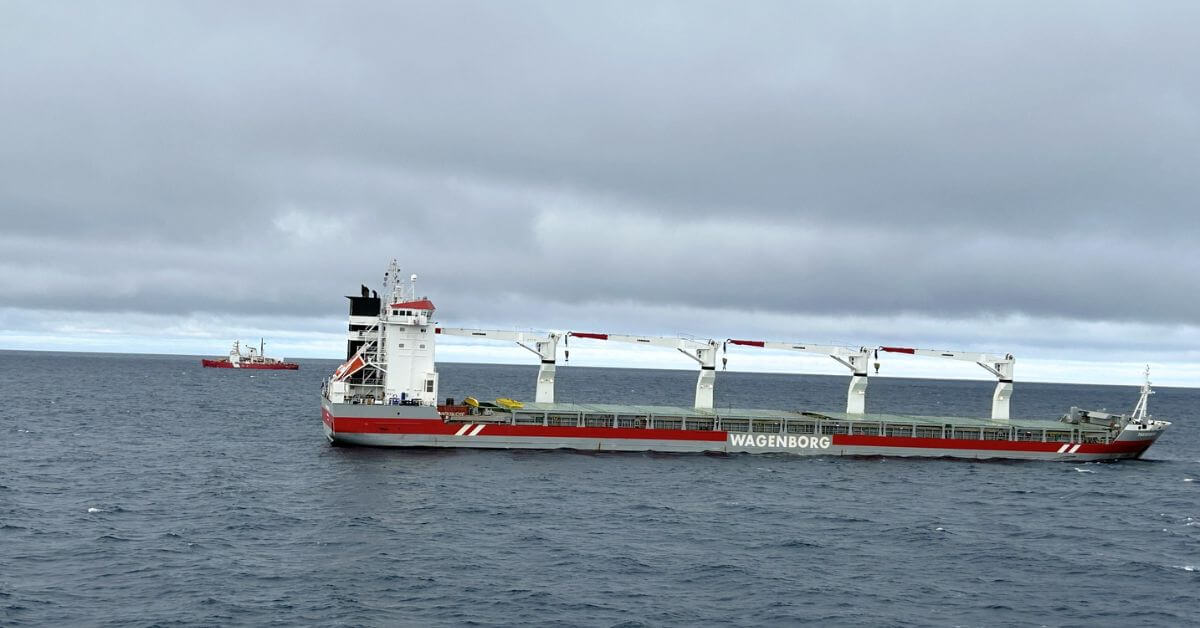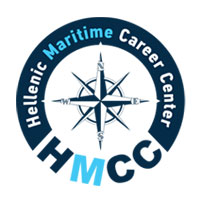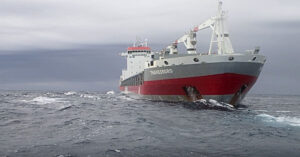
Ukraine Condemns Chinese Vessel For Repeated Calls At Occupied Sevastopol
September 24, 2025
Vizhinjam Seaport Berths India’s Deepest Container Ship, Setting National Record
September 24, 2025

Rescue efforts have begun for the Dutch-flagged cargo vessel Thamesborg, which has been stranded in the Northwest Passage for more than two weeks.
Two salvage vessels are now on site in Franklin Strait, near Prince of Wales Island, with a third vessel en route, as weather conditions determine the start of the operation.
The grounding occurred on September 6 while Thamesborg was transporting carbon blocks from China to Baie-Comeau, Quebec. The vessel, which has ice-class certification, became immobilised after running aground. All 16 people on board, including 15 crew members and a Canadian ice pilot, escaped without injury.
The incident flooded multiple ballast chambers, but fuel tanks and cargo holds remained intact, and no pollution has been reported. The ship was running on low-sulphur marine gas oil, a fuel that produces fewer pollutants compared to traditional heavy fuel oil.
Wagenborg, the vessel’s management company, confirmed that the first phase of the salvage operation would involve transferring part of the cargo to lighten the freighter. If weather allows, this phase is expected to begin within the week.
The icebreaking buoy tender Sir Wilfred Laurier and the oceangoing tug Beverly M I have joined the rescue effort. The ice-class reefer ship Silver Copenhagen, which can carry up to 4,000 tonnes and has a shallow draft to approach the grounded vessel safely, is playing a key role in the lightering process.

A third salvage vessel is on the way to support the next stages of the operation. The Canadian Coast Guard vessel Des Groseilliers remains at the site, carrying out underwater inspections of the Thamesborg.
Wagenborg said it is still investigating the cause of the grounding. The company has experience navigating the Northwest Passage and noted that Thamesborg has previously completed the route successfully. The Arctic passage offers a major time-saving advantage, cutting voyages by about 14 days compared to sailing through the Panama Canal.
However, the Northwest Passage is a difficult and dangerous shipping lane. It has poorly charted shoals, seasonal ice coverage, and drifting floes that can force vessels off their planned routes.
Navigating this route is typically possible from mid-July to late September, sometimes extending into October, depending on weather and ice conditions. Bad weather earlier delayed salvage work around September 13–14, but Wagenborg said operations are now underway.
Reference: rcinet
Source: Maritime Shipping News


